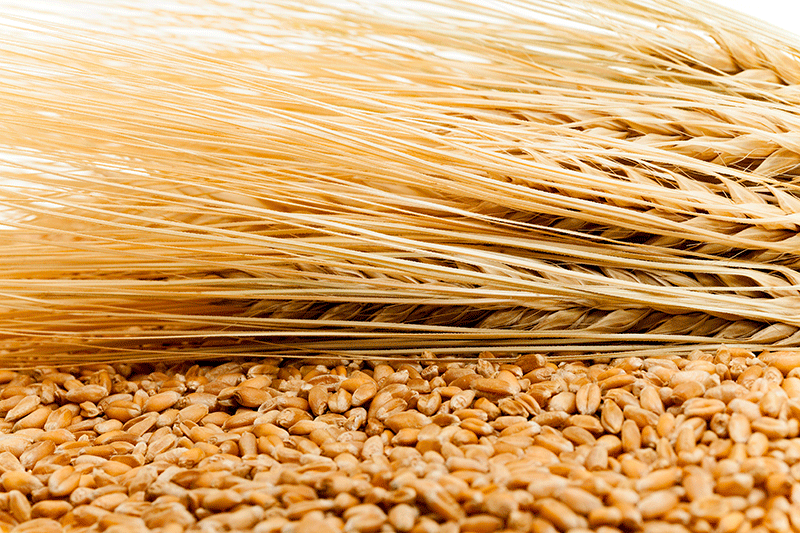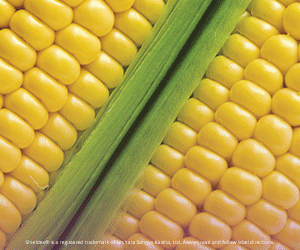A market for Ontario barley
MAKE STORAGE PART OF YOUR PLAN
THERE IS A place for growing barley in Ontario. The hard part, as a cash crop farmer, is knowing how to work with it when there is no guaranteed market.

The amount of barley used for dog food and human consumption remains pretty fixed every year. We used to always give barley away at harvest, until everybody who grew barley put it in their bin at home. Now, some of the biggest users of barley are getting tired of coaxing sellers to the market between harvest and January — so they have contracted acres. This may become more common in the future but for now, that’s an abnormality, which means it’s the demand for livestock feed that offers this market any measure of elasticity and it isn’t a market designed to get rid of surplus quickly. We just don’t have that vessel sitting in Hamilton waiting to move our surplus barley — in times of surplus, we have to find a way to deal with all that barley one truckload at a time.
SURPLUS
Heading into 2015, we probably had one of the bigger surpluses we’ve seen in the past decade.
For a year or two, we were short barley and we got comfortable pricing it above corn. 2013 barley, and even some of the 2014 crop, was selling at a premium to corn when Ontario realized we had too much inventory part way through 2014. We didn’t put the price down quick enough and a lot of the 2014 crop got carried into 2015. Producers stored their old crop barley, their 2014 production, into this crop year. We managed to get demand back in the market and barley has been moving easier through the fall of 2015 than it did at the same time last year, even though we have had more inventory. By making barley cheaper than corn, we’ve encouraged people to switch their feed use.
Getting livestock producers to switch away from corn seems to be the biggest challenge we have in this market, but once they’ve switched, they tend to keep buying. It’s not worth it for livestock producers to switch their animals’ ration over, knowing it’ll take a few days to get used to a new ration, just to switch them back again a month later. But once they switch, you can ride that wave of demand and this is what the market is benefitting from now. If on-farm feeders will keep barley in their ration, expect to see a price that follows corn or even increases to corn prices in January.
Through 2015, we were marketing at a $10 to $15 discount to corn and that worked out much better than when we tried to market barley at a $10 to $15 premium to corn the year before. Because we have it priced at the lowest we’ve seen in four or five years, we will probably see our surplus problems solved — but that still doesn’t mean we’ll be in a good enough position to charge a premium for it moving forward.
Unfortunately, we never know ahead of time when barley is going to work out well.
We really don’t get a good handle on how many acres are going in the ground during planting and, although good yields do depend on weather, the number of growers who only plant barley for straw is a big factor. Markets are designed to discourage you to grow when the price is cheap, making it a dangerous market to be in when some producers don’t care what the price is and will grow a lot of acres regardless. It’s fine to grow barley for straw. It’s becoming more valuable and its cheaper days are probably behind us — just realize the marketing position you’re putting yourself in. You can’t have your cake and eat it too, so don’t plan to get a premium for the grain.
STORAGE
What you really need if you plan on getting the most for your grain isn’t a marketing plan, it’s a storage plan. We take for granted that there will be somebody who is definitely in the market for corn, soybeans, and wheat. With barley, most local elevators will either not handle it or will not store it for any length of time. If you don’t have on-farm storage or predetermined storage with your local elevator, you are at the mercy of the market. It’s true that harvest prices have only been low once or twice in the last five years, so you may decide to sell at harvest in the end, but keep your options open. The marketing rule is that you have either got to be cheaper or more convenient. If the market is over supplied this year, and you’ve got a neighbour with livestock to sell to, that just might be your ticket to a better price after all.
Jeff Robinson is a grain merchandiser for Woodrill Farms Ltd. •







